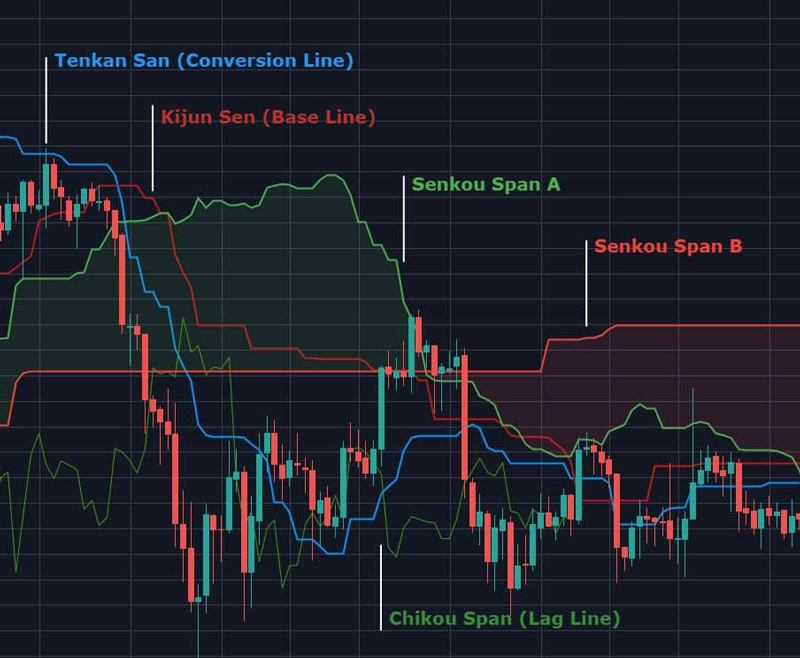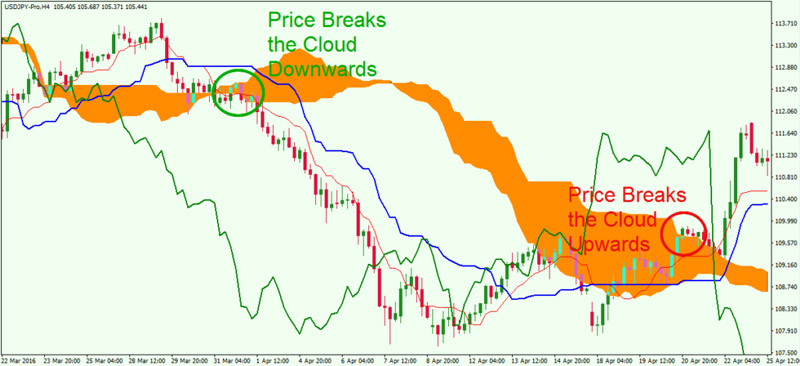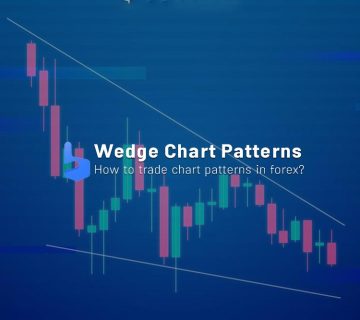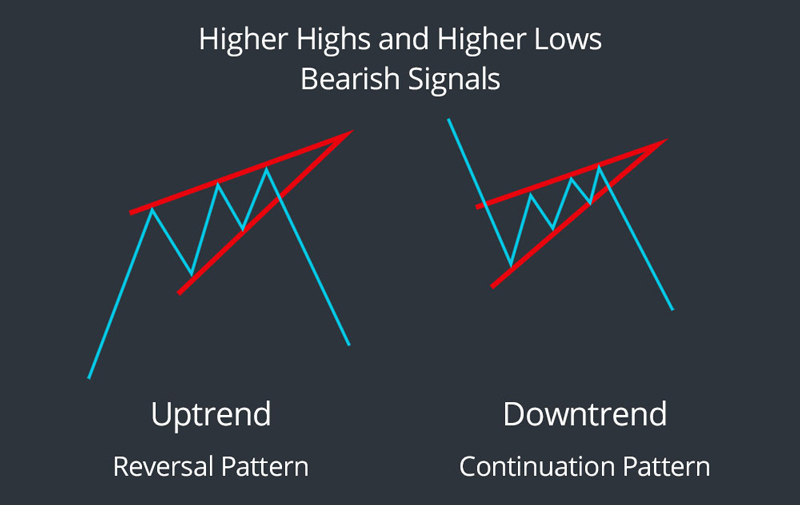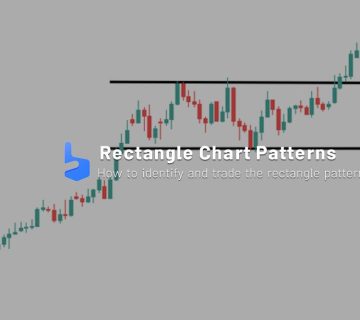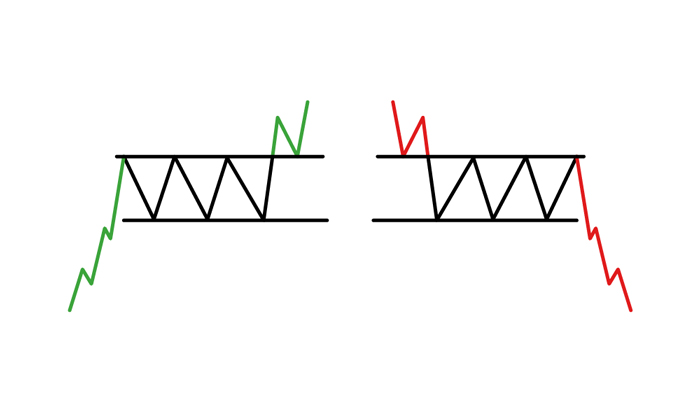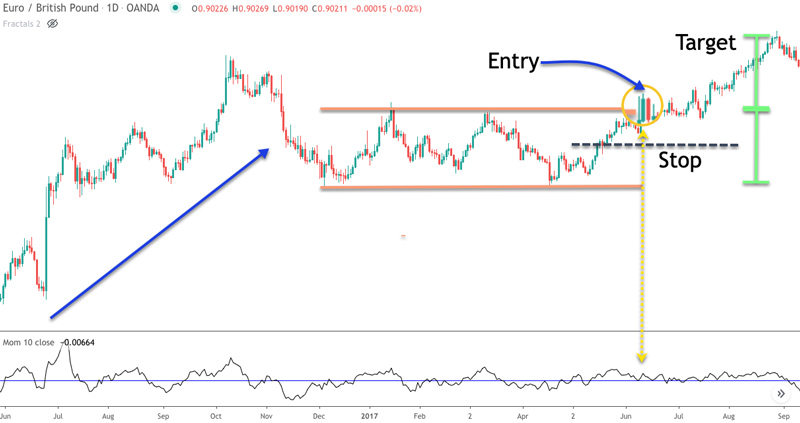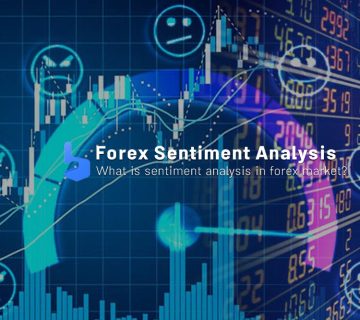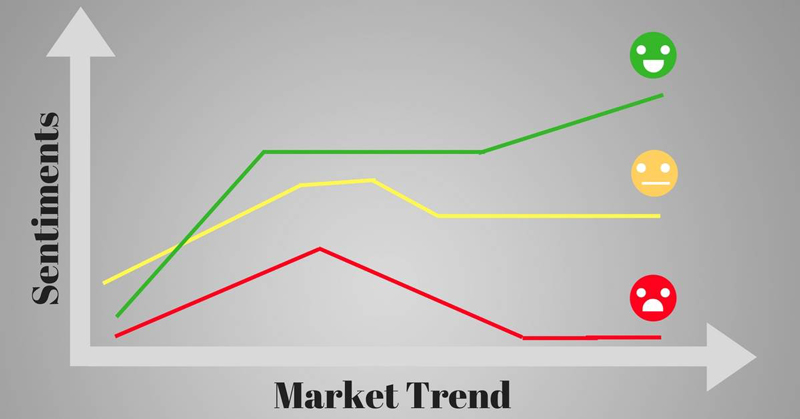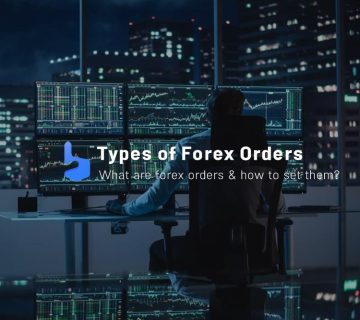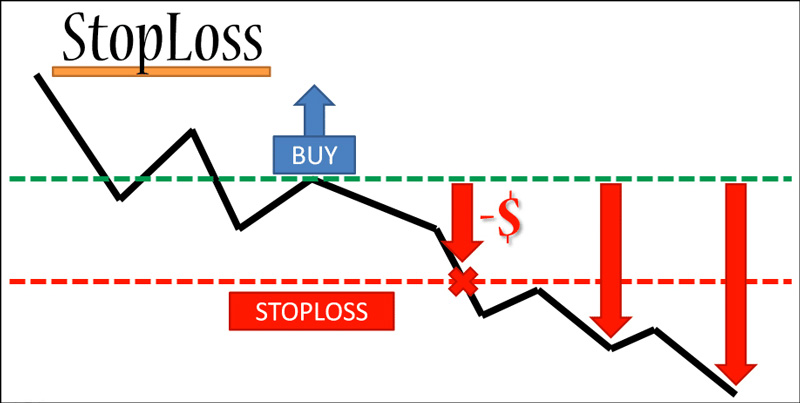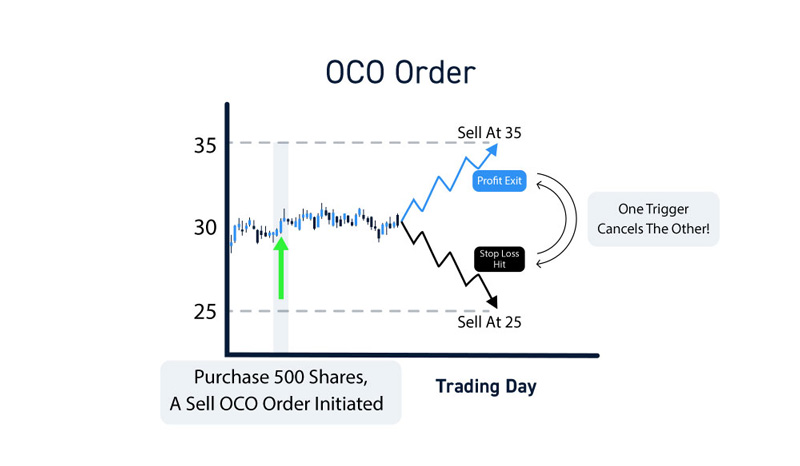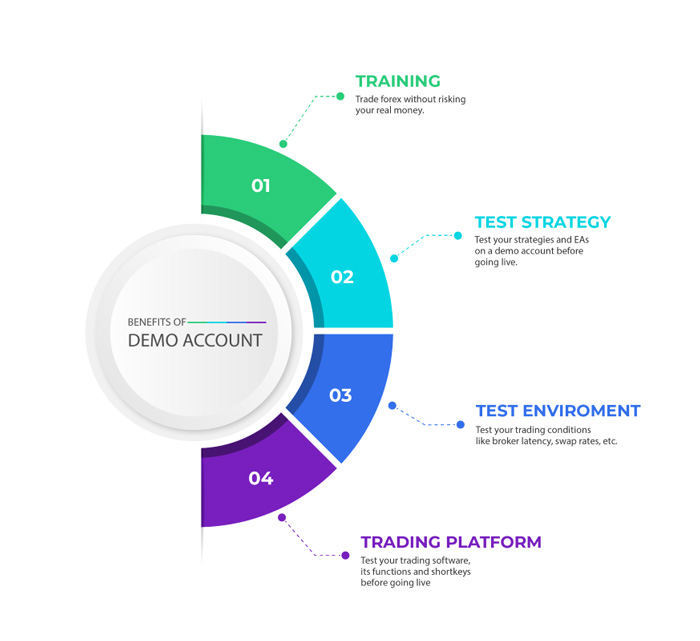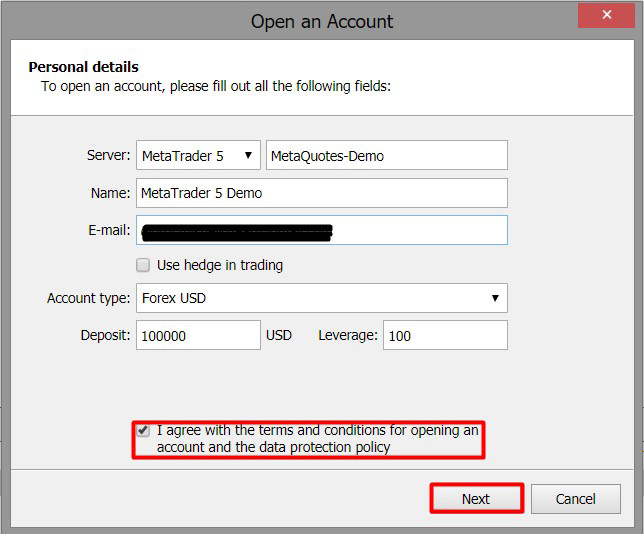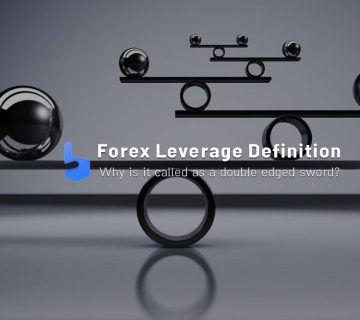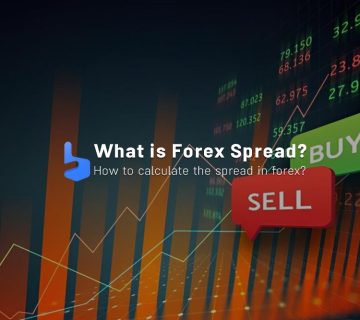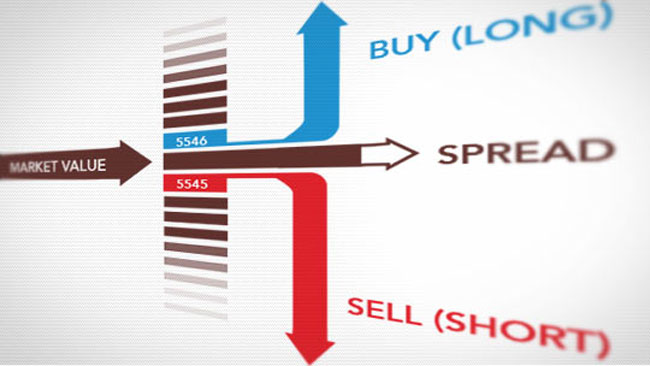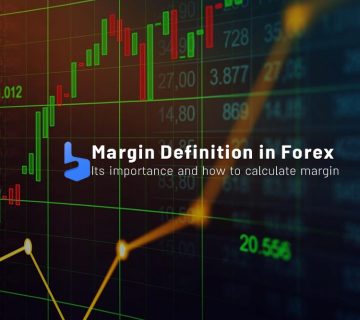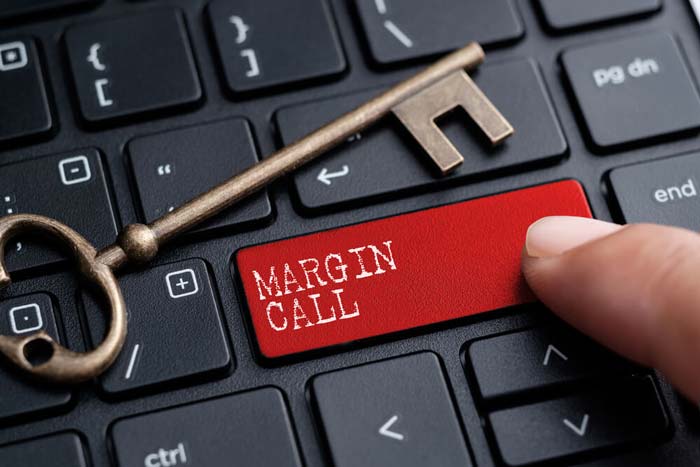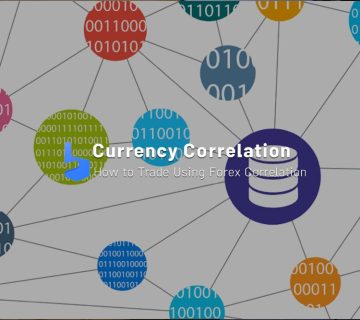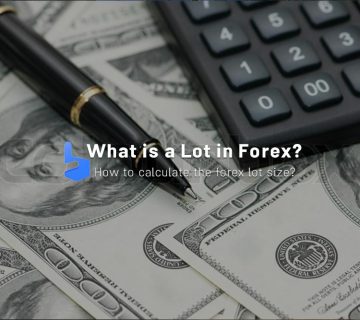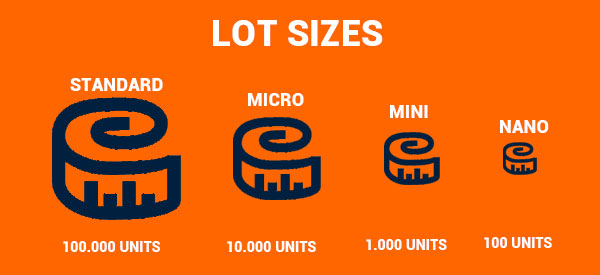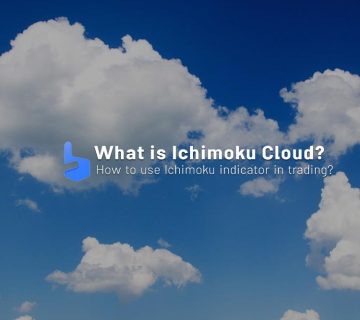
What is Ichimoku Cloud and How To Use it in Trading?
What you are about to read:
Ichimoku Kinko Hyo, also known as Ichimoku Cloud or simply Ichimoku, is a popular technical analysis tool used by Forex traders to analyze markets and identify potential trading opportunities. Developed by Japanese journalist Goichi Hosoda in the late 1930s, the Ichimoku indicator has gained significant popularity in recent years for its ability to provide traders with a comprehensive view of market direction, trends, and support and resistance levels at a glance.
In this article from the Brokerland website, we will learn forex trading and delve into the basic principles and teachings of Ichimoku, how it functions, and its use in making more informed trading decisions in the Forex market.
What is Ichimoku Cloud?
The Ichimoku indicator is a combination of several forex indicators that work together to present a complete picture of the market to traders. The five key elements of this indicator are:
Tenkan-sen: Also known as the Conversion Line, this is a short-term moving average that measures the average price over the last 9 periods.
Kijun-sen: Also known as the Base Line, this is a long-term moving average that measures the average price over the last 26 periods.
Senkou Span A: Also known as the leading span A, this is the midpoint between the Tenkan-sen and Kijun-sen lines, projected forward by 26 periods.
Senkou Span B: Also known as the leading span B, this is the midpoint between the highest high and lowest low over the past 52 periods, projected forward by 26 periods.
Kumo: Also known as the Ichimoku cloud, this is the shaded area between Senkou Span A and Senkou Span B. The color of the cloud depends on whether Senkou Span A or B is higher at any given time.
Ichimoku Tutorial
The Ichimoku Cloud is designed to assist traders in identifying the overall forex trend of the market and potential support and resistance levels. Here is a brief overview of how to use each element of this indicator:
- Tenkan-sen: When the Tenkan-sen line crosses above the Kijun-sen line, it is considered a bullish signal. Conversely, when the Tenkan-sen line crosses below the Kijun-sen line, it is considered a bearish signal.
- Kijun-sen: The Kijun-sen line is used to identify the overall market trend. When prices are above the Kijun-sen line, the market is considered in an uptrend. Conversely, when prices are below the Kijun-sen line, the market is considered in a downtrend.
- Senkou Span A and Senkou Span B: The space between the Senkou Span A and Senkou Span B lines is known as the Ichimoku cloud. When prices are above the cloud, it is a bullish signal, and when prices are below the cloud, it is a bearish signal. Additionally, the thickness of the cloud can be used to gauge the strength of support or resistance levels.
- Kumo: The color of the Ichimoku cloud is determined by whether Senkou Span A or B is higher at any given time. When the cloud is green, it is a bullish signal, and when the cloud is red, it is a bearish signal.
How to use Ichimoku Indicator in Forex Trading?
Now that we are familiar with the concept and basic principles of the Ichimoku indicator, let’s take a look at how to use it in Forex trading. One of the primary advantages of the Ichimoku Cloud is its ability to provide a clear and comprehensive view of the market at a glance, which can be especially useful for traders who prefer a visual approach to technical analysis. Here are a few strategies that traders can employ when using this indicator in Forex trading:
Trend Identification
One of the primary applications of the Ichimoku indicator is identifying the market trend. Traders can use the Kijun-sen line to identify the overall market trend. When prices are above the Kijun-sen line, the market is in an uptrend, and when prices are below the Kijun-sen line, the market is in a downtrend.
Confirmation of Trend Reversal
The Tenkan-sen and Kijun-sen lines can be used to confirm a trend reversal. When the Tenkan-sen line crosses above the Kijun-sen line, it is considered a bullish signal, indicating that the market may shift from a downtrend to an uptrend. Conversely, when the Tenkan-sen line crosses below the Kijun-sen line, it is considered a bearish signal, indicating a potential shift from an uptrend to a downtrend.
Identification of Support and Resistance Levels
The Ichimoku cloud can be used to identify support and resistance levels. When prices are above the cloud, it acts as a support level. Conversely, when prices are below the cloud, it acts as a resistance level. The thickness of the cloud can also be used to measure the strength of support or resistance.
Breakouts Trading with Ichimoku cloud
Traders can use the Ichimoku-cloud for trading breakouts. When the price breaks above the cloud, it is considered a bullish signal, indicating that the market may enter an uptrend. Conversely, when the price breaks below the cloud, it is considered a bearish signal, indicating a potential entry into a downtrend.
Use multiple time frames
Traders can utilize this indicator across various time frames to gain a better understanding of the overall market trend. For instance, a trader might use the daily chart to identify the general market trend and a 4-hour chart to pinpoint potential entry and exit points.
Limitations of the Ichimoku Cloud Indicator
So far, we’ve covered the Ichimoku tutorial and outlined its advantages. While this indicator is a powerful technical analysis tool, it has its limitations. Like any other technical analysis tool such as Fibonacci or pivot points indicator, the effectiveness of the Ichimoku indicator depends on the trader’s knowledge and experience. Traders should take the time to study various elements of the indicator and practice using it in a demo account before applying it to real trades. Here are some limitations to keep in mind:
Lagging Indicators: This indicator is based on moving averages, which are lagging indicators. This means the indicator may not provide real-time market information to traders.
Complexity: The Ichimoku Cloud is a complex tool that may take some time to master. Traders may need time to study the different elements of the indicator and how they interact with each other.
Incorrect Signals: Like any technical analysis tool, this indicator is not 100% accurate. Traders may receive incorrect signals that, if acted upon, could lead to losses.
Summary
The Ichimoku Cloud indicator is a popular technical analysis tool used by forex traders to analyze the market and identify potential trading opportunities. The indicator combines several elements, including moving averages and support/resistance levels, to provide traders with a comprehensive view of the market at a glance. Traders can use it to identify market trends, confirm trend changes, identify support and resistance levels, work with breakouts, and use multiple time frames for analysis.
While the Ichimoku indicator is a powerful tool, it’s crucial for traders to be aware of potential limitations, such as its lagging nature, complexity, and the possibility of incorrect signals.
In addition to the indicator, traders should use other technical analysis tools, such as candlestick patterns, chart patterns such as triangle patterns or head and shoulders pattern, and indicators like the Relative Strength Index (RSI) and Moving Average Convergence Divergence (MACD). By combining multiple technical analysis tools, traders can gain a fuller picture of the market and increase their chances of success.
It’s also important for traders to have a thorough understanding of fundamental analysis, which includes analyzing forex news and economic and political events like interest rate that can impact the value of a currency. Traders who combine fundamental and technical analysis can make more informed trading decisions and reduce their risk exposure.

